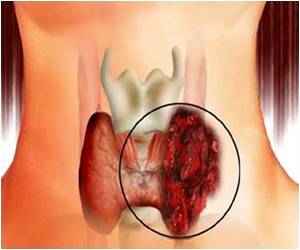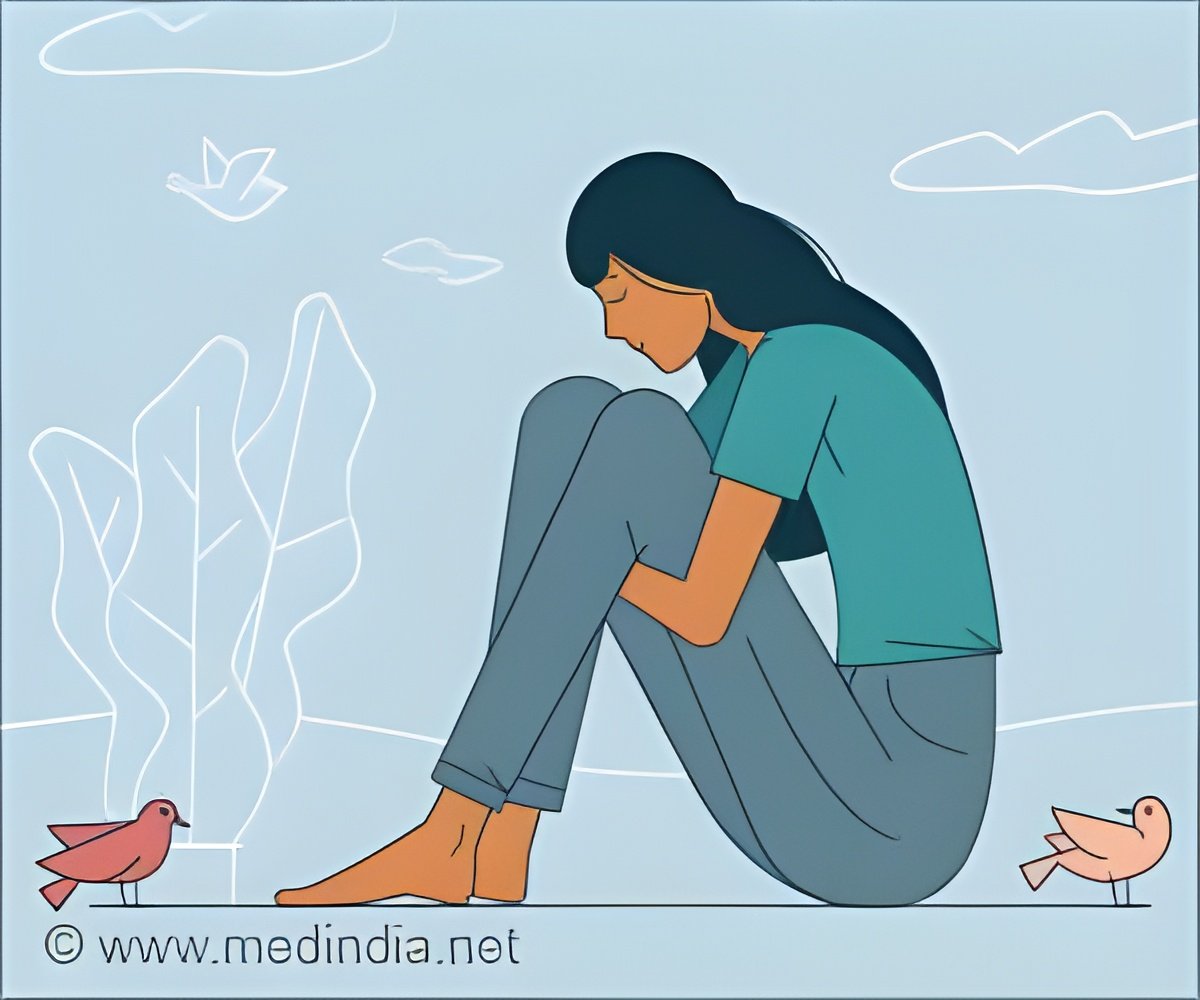However, elderly people, living with individuals in occupations where working from home is uncommon or who worked in delivery or postal services, had a higher risk of dying from Covid-19. Even if the elderly may have limited their engagement with others to protect themselves during the pandemic, they were put at risk by workers in their home and this risk persisted even when their socioeconomic factors were taken into account.
“The finding that socioeconomic status better explained the risk of dying from Covid-19 than the work situation points to health inequalities playing a major role”, says Sunnee Billingsley, researcher in demography at the Stockholm University Demography Unit, Department of Sociology, and first-author of the study.
People who were not born in Sweden remain at higher risk of Covid-19 mortality compared to native Swedes after considering occupational factors. Their higher risk is in contrast to migrant mortality patterns under normal circumstances, but in line with previous studies on Covid-19 mortality. However, the study has not examined the reasons behind this.
This is the first large scale population-level study to examine inequalities in Covid-19 mortality according to working age individuals’ occupations as well as the indirect effect from occupation on Covid-19 mortality of older individuals with whom they live. The researchers used data for the entire population of Sweden of all recorded Covid-19 deaths until late February 2021, which they linked to administrative registers and occupational measures. The time period covers three waves of the pandemic. No one in Sweden was vaccinated in the first and second waves, and only a small proportion of the population had been vaccinated by the end of the observation period. Vaccinations may play a more decisive role in mortality patterns in the future.
The lack of a relationship between Covid-19 mortality for workers and their occupations is something that future research should dig deeper into.
“One possible explanation to the fact that occupational exposure and contact with others was not related to Covid-19 mortality could be due to protective measures being used by the people with the riskiest jobs”, says Sunnee Billingsley.
Another possible explanation might be related to Sweden having fewer restrictions than the majority of other countries.
“Since there was no lockdown, people generally continued to work, visit restaurants and take public transportation without masks, which could have lessened the role of certain workplaces as a transmission site. But this interpretation is based on the spread of infection, which we do not examine. Looking at mortality brings in the layer of health inequalities and how the infection eventually impacts people”, says Sunnee Billingsley.
According to the authors, it is important to know the sources of vulnerability for Covid-19 mortality. Better protection and information can be disseminated to the people most at risk, where we know there is a high concentration of people with socioeconomic risk factors and older people who live with people whose jobs seem to pose a higher risk.
How the study was done
The researchers used Swedish register data and data on occupational characteristics. They studied the period that begins with the first Covid-19 death in Sweden until February 23, 2021. Two populations were selected for the analyses. The first group consisted of all working age individuals (aged 20-66) who were registered with an occupation in December 2018, in total 4,620,395 individuals. The second group consisted of individuals 67 years or older and lived in a household with at least one person aged 20-66 that was registered with an occupation in December 2018, in total 209,229 individuals.
Source: Eurekalert



